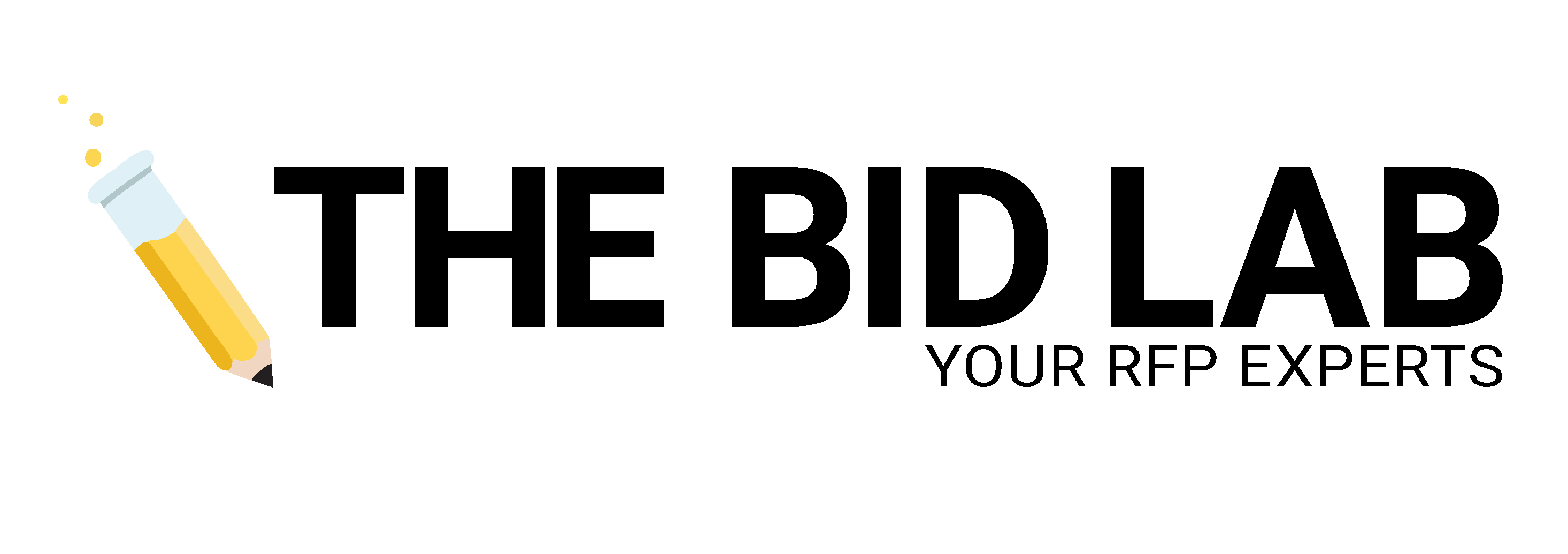Creating A Bidding Strategy For Your New Business


Post Written By Maurice Harary Forbes Councils Member
When starting a new business, it can feel like you are doing everything in your power to keep a dozen plates spinning at once. With so much to do, adding a bidding strategy to your never-ending list of to-dos may feel overwhelming. But, I can assure you that this is one avenue of growth you do not want to ignore.
Winning the right bid can have a transformative impact on your emerging enterprise. Private businesses and government entities at every level use the RFP process to source new vendors and partners. Millions of dollars are disseminated each and every day using the proposal process, and having an effective RFP strategy for your business can help you capture a piece of this lucrative market.
But how can you ensure that your RFP strategy is efficient and generating an ROI that makes the effort worthwhile?
1. Organize your assets.
The first and arguably most impactful step on your journey to winning bids is to compile all of your relevant assets. Organizing your proposal content will allow you to respond to opportunities more efficiently.
First, gather all existing descriptions you have about your company. This can include website content you’ve drafted for an About Us page. It can be overviews of the service(s) and product(s) you provide. It can include staff bios and resumes for your team as well. Any information you have that helps illuminate what you do, and how well you do it, is relevant to the RFP process.
Second, organize this content in a way that allows you to quickly find and leverage the information that you need. If you have an existing CRM system or shared drive that will allow your team to collaboratively access content, you are in great shape.
2. Create a routine for finding new RFP opportunities.
Once you have a system in place to organize the content you will use to craft winning proposals, the next step is to create a process for sourcing RFP opportunities relevant to your new business’ strengths.
You want to find the right balance between quantity and quality. The more RFP targets you identify, the greater your chances of winning new business can be. But you want to make sure you are spending your time efficiently and focusing your efforts on bids you are best placed to win.
Curated databases of RFP announcements can be a useful source for locating bidding opportunities. These directories gather RFP bid opportunities and organize them in one location, which can help you quickly locate possible opportunities. While some databases require a membership, others offer free trial periods and helpful search criteria and automatic notifications based on keywords. Google is another option when it comes to finding new opportunities, particularly when using its search tools.
To ensure you have enough time to respond before the bid deadline, always filter your search results by dates posted. To do this, organize your results to display bids posted in the last month, which will guarantee that you have enough time to prepare a winning bid.
3. Invest in design.
An engaging visual design can mean the difference between a winning bid and second place. There are many simple style considerations you can add to your RFP process that will help convey your message more clearly.
According to a study sponsored by 3M, visual aids used within a presentation are 43% more effective in persuading an audience than presentations without visuals. In addition, it is important to consider the readability of your RFP response, so pay attention to the colors, fonts, spacing and page breaks you use. These should be consistent throughout your RFP.
When it comes to using complex data, try to add infographics, charts, graphs and images. These visuals can be very helpful in getting your message across in a creative and interesting way. Adobe design software is often a worthwhile investment to get these graphics exactly right, but other options exist for early-stage entrepreneurs as well. Microsoft Office has added valuable new design tools to its Suite in recent years, and online options like Canva can be a useful first step.
As someone who helps clients on the evaluation side of the RFP process as well as the submission, trust that these added design elements will likely be rewarded by the person reading through RFP responses.
4. Enjoy the pursuit.
RFPs are challenging and can be time-consuming. But they do not need to be a miserable experience. Instead, remember that the RFP process is the first step on a new journey to the next level for your business.
When you are entering the world of RFPs, it can be tempting to try and do everything yourself, or to reassign internal team members to navigate this new process. However, this can incur a big cost. Crafting a 100% responsive bid can take time away from what you do best, and frustrations with the new process can quickly harm your new business’s morale.
It takes time to understand how to respond precisely with the information bid reviewers need to make their decision, in the format that they want. Keep in mind that a positive outlook is vital when it comes to developing RFPs. When deadlines are tight and the pressure feels unmanageable, staying organized and relaxed can be the differentiators between failure and success.
Forbes Article Link: Creating A Bidding Strategy For Your New Business
